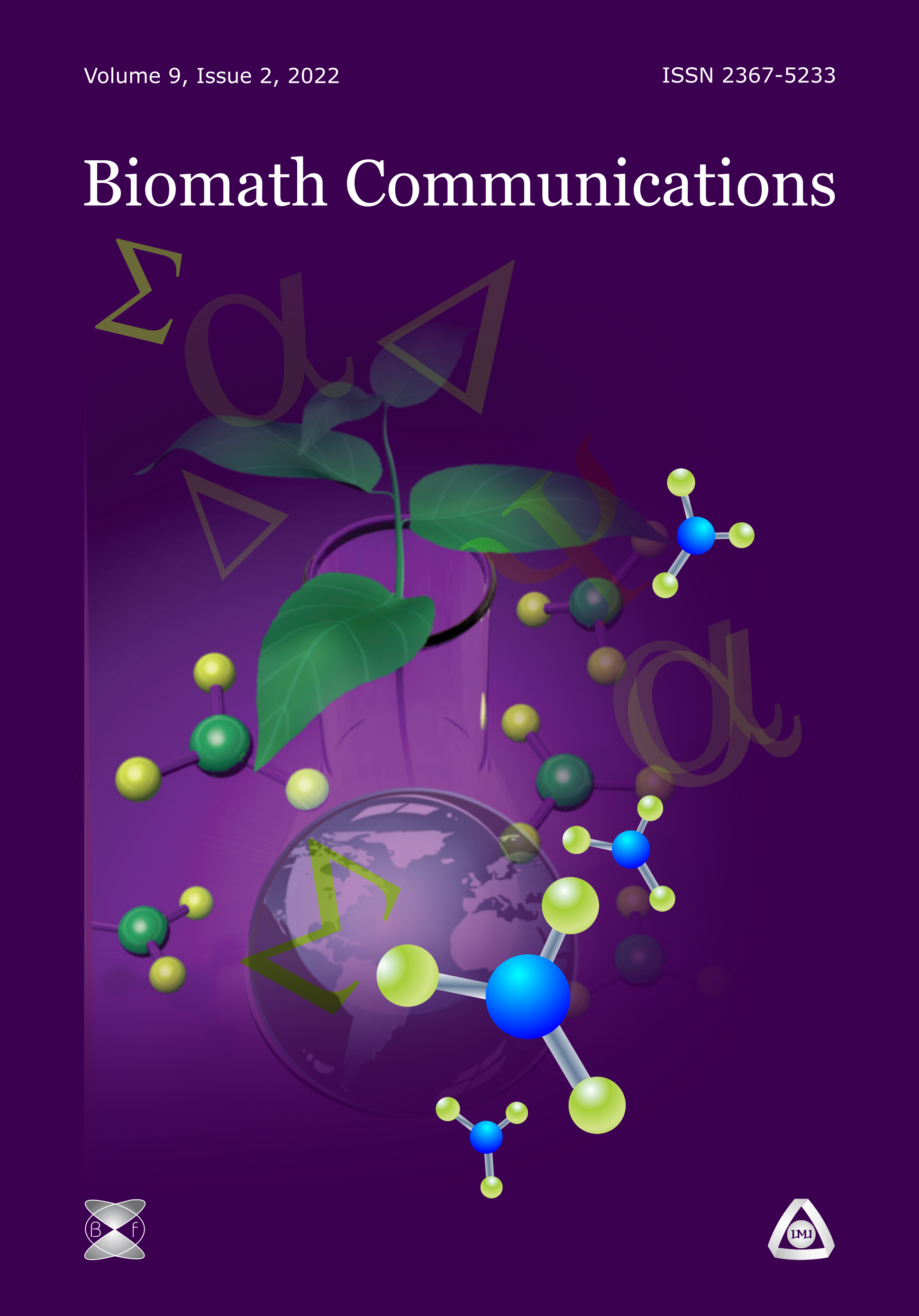Numerical Solution of a Singularly Perturbed HIV Model
DOI:
https://doi.org/10.11145/460Abstract
In [1] a mathematical model of an HIV problem is described, which is an initial value problem for a system of singularly perturbed differential equations with several different time scales. The main mathematical emphasis there is a detailed theoretical study of the reduced problem, obtained by formally putting the singular perturbation parameters equal to zero. This reduced problem is then solved numerically and the numerical solutions are observed to converge to equilibrium points in a variety of cases. Here, we apply robust computational methods, described in general for example in [2], to obtain numerical solutions to the full problem, rather than the reduced problem. In particular the results in [3] for singularly perturbrd linear systems are required. These numerical solutions are observed to converge to the exact solution of the full problem, in the maximum norm, uniformly with respect to the values of the singular perturbation parameters.[1] N. Boblo, J. P. Zubelli,  A singularly perturbed HIV model with treatment and antigenetic variation, Preprint IMPA, Rio de Janeiro, Brazil 2014, 1--29.[2] P. A. Farrell, A. F. Hegarty, J. J. H. Miller, E. O'Riordan, G. I. Shishkin, Robust Computational Methods for Boundary Layers, Chapman & Hall, New York, 2000.[3] S. Valarmathi,  J. J. H. Miller, A parameter–-uniform finite difference methodfor singularly perturbed linear dynamicalsystems,  International Journal of Numerical Analysis and Modeling, Volume 7, Number 3, Pages 535--548, 2010.Downloads
Published
Issue
Section
License
The journal Biomath Communications is an open access journal. All published articles are immeditely available online and the respective DOI link activated. All articles can be access for free and no reader registration of any sort is required. No fees are charged to authors for article submission or processing. Online publications are funded through volunteer work, donations and grants.
Authors who publish with this journal agree to the following terms:
- Authors retain copyright and grant the journal right of first publication with the work simultaneously licensed under a Creative Commons Attribution License 4.0 that allows others to share the work with an acknowledgement of the work's authorship and initial publication in this journal.
- Authors are able to enter into separate, additional contractual arrangements for the non-exclusive distribution of the journal's published version of the work (e.g., post it to an institutional repository or publish it in a book), with an acknowledgement of its initial publication in this journal.
- Authors are permitted and encouraged to post their work online (e.g., in institutional repositories or on their website) prior to and during the submission process, as it can lead to productive exchanges, as well as earlier and greater citation of published work (See The Effect of Open Access).

